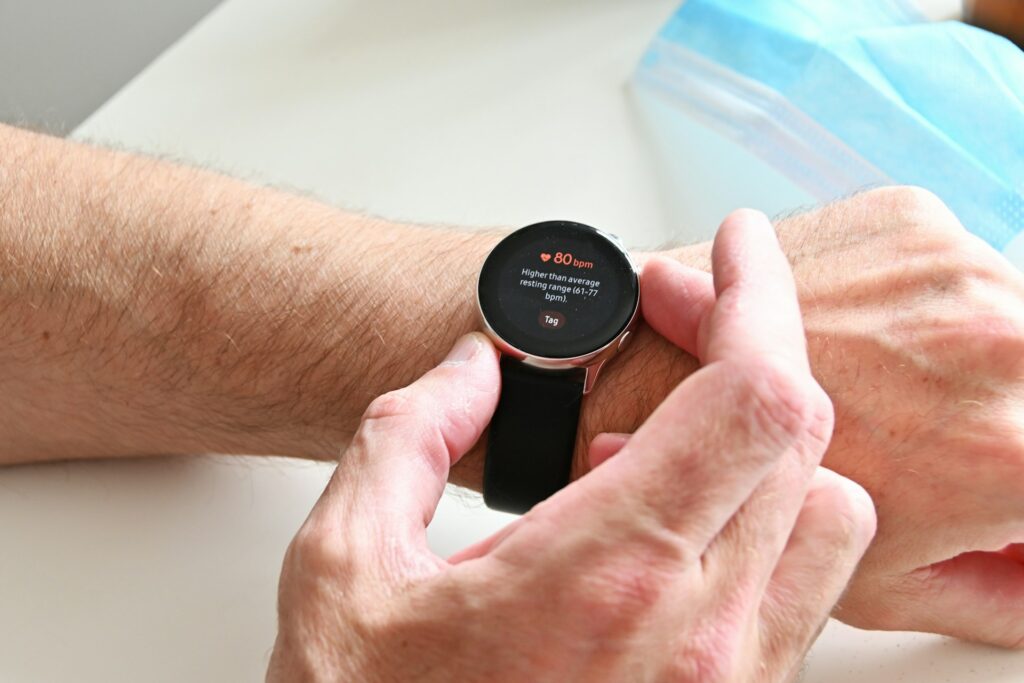Community Health Centers are intended to be patient-centered, an approach to healthcare in which the patient actively participates in the goal-setting and decision-making processes rather than being a passive recipient of care. The CHC’s governing body must comprise at least 51% of clinic patients, and all Section 330 grant recipients are required to survey patients to comply with these requirements.
Few have been able to leverage patient feedback as a key strategic business driver, however. When 76% of Americans say they’ve had a negative experience with their healthcare providers, and 33% are willing to switch providers as a result, ignoring the value of feedback can be costly.

The cost of not leveraging patient feedback
The financial model for CHCs includes strict cost controls and a diversity of revenue streams including Medicaid/CHIP, federal Section 330 grants, Medicare, private health insurance, and other grants and contracts. CHCs are most financially stable when they achieve continuity and regularity of patient visits and deliver more preventative and proactive care than urgent and unplanned care.
The quality of relationships built between a CHC and each patient is vital to sustaining continuity and regularity of operations and routine patient feedback loops are core to the relationship. However, surveying alone is not enough.
CHCs must use the feedback to identify and solve problems, address concerns, and change behaviors among staff and providers. The patient wants to see their feedback result in changes and improvements and, by doing so, the patient feels seen and heard, more likely to participate in their care, and shows up for appointments.
The highest-performing Community Health Centers have robust processes to regular patient surveying, reporting and analysis of findings with the governing board, and closed loop action plans that include patient communications.
Best practice strategy for CHCs
How do CHCs drive a patient satisfaction surveying program with limited resources and strict cost controls? One industry best practice is used in the state of Utah with collaborations between the Association for Utah Community Health (AUCH) and their 54 CHCs. AUCH creates and publishes surveys on behalf of their CHCs. Each CHC handles the distribution through their patient interactions, then AUCH provides detailed reporting and analysis. This approach uses our cost-effective experience management solution and patient experience has become among the most important business drivers for these users.
Is your current surveying strategy preventing your Community Health Center from being patient-centered? Learn more about Sogolytics and our success in partnership with Community Health.














